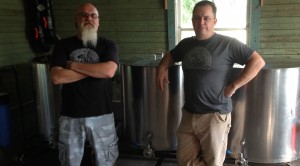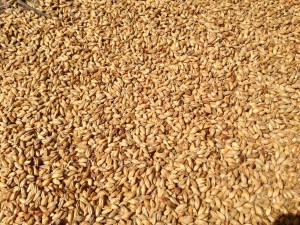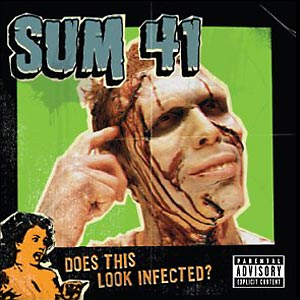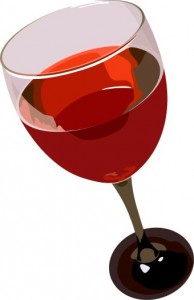Fans of the Simpsons — who can’t get enough of that wonderful Duff — can now throw down a frosty mug at Moe’s Tavern, thanks to the new Springfield exhibit opening at the theme park Universal Orlando. Various incarnations of Duff Beer have existed through the years, but this is the first Duff approved by the makers of the Simpsons in the US.
Sadly, for craft beer fans, no announcement has been made for Red Tick Beer.













Recent Comments